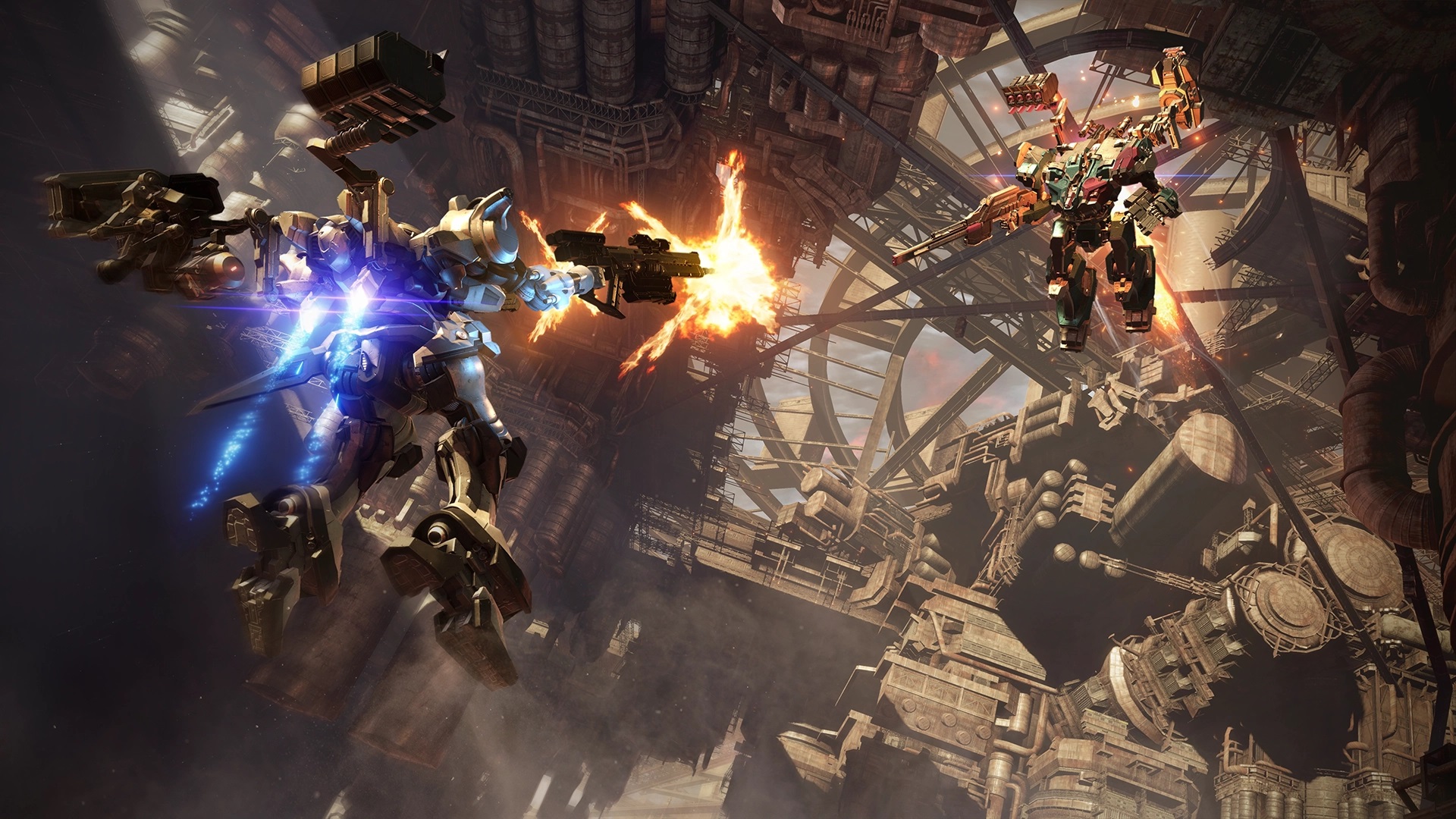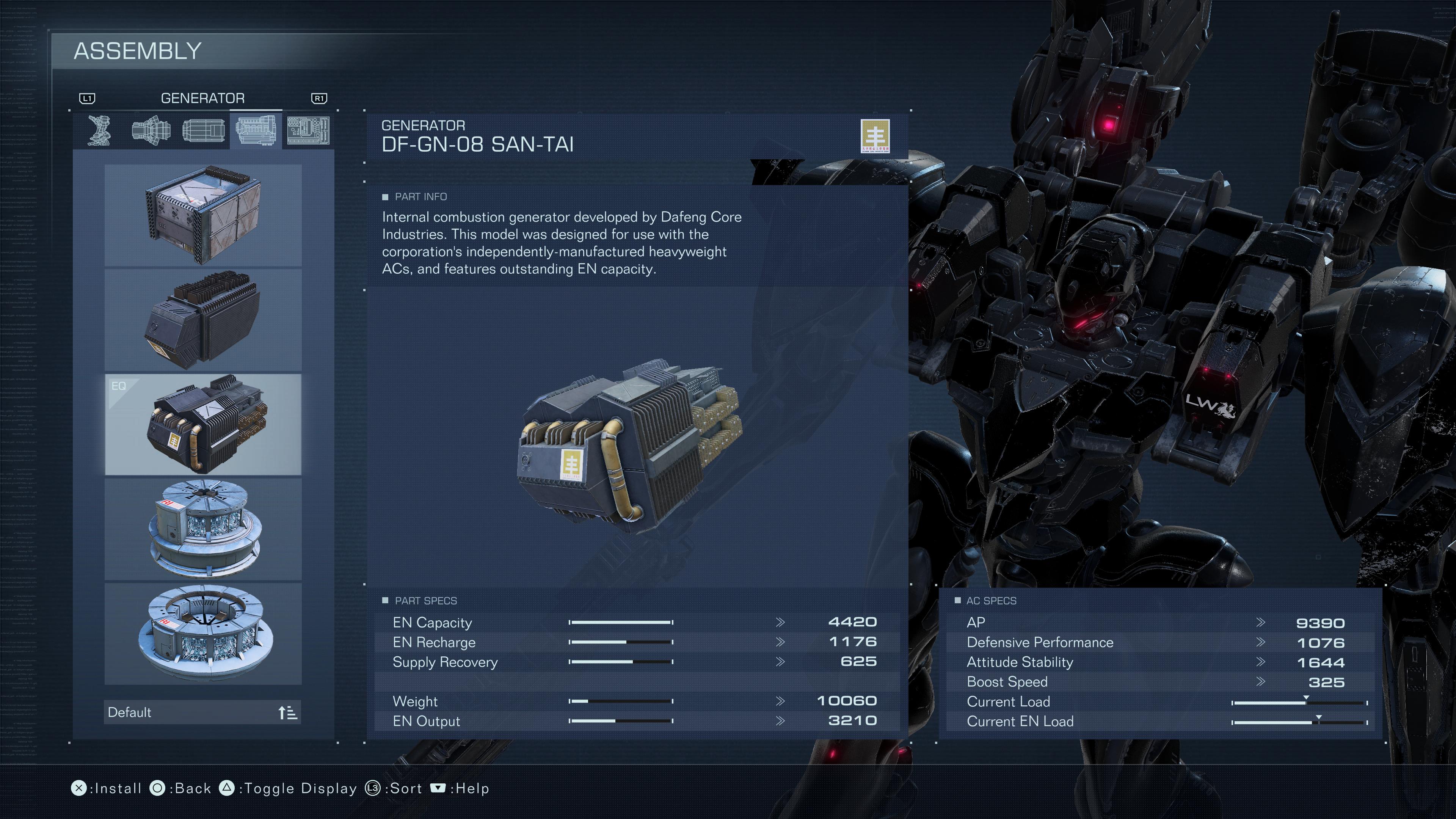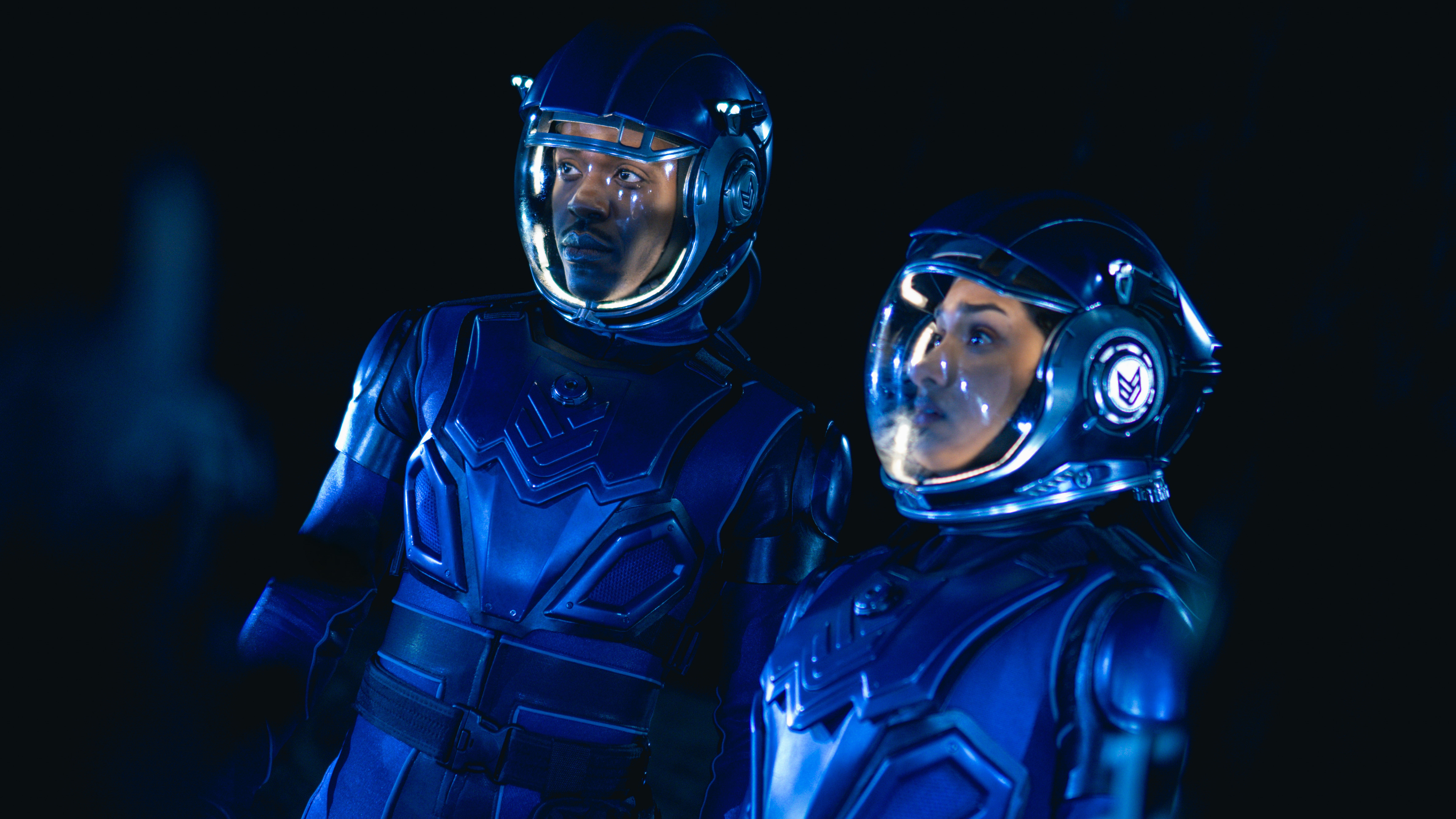For Souls and Sekiro fiends like me, here's how to give your Armored Core 6 mech the best dodge possible
Armored Core 6 is not a Souls game, but you can kind of get your mech to dodge like it is

As I said in my Armored Core 6 review, Fires of Rubicon has been my first encounter with FromSoftware's long-running mech series. I suspect a lot of modern fans who know FromSoftware exclusively through Dark Souls, Sekiro, Bloodborne, and Elden Ring will find themselves in a similar camp as they eagerly try the studio's new game. I speak from experience when I say that while FromSoftware is up to similar tricks under the hood, Armored Core 6 feels and plays very differently from a Souls game. Sustained range combat is a big change, of course, but the breakneck mobility is maybe the steepest learning curve, and a big part of that is how Armored Core 6's dodge-roll works. Because, well, it doesn't have one.
Instead, you have a quick boost that lets you reposition your mech and get out of the way of attacks like tracking missiles, but without the lenient invincibility frames of a Souls roll to let you outright phase through things. This tripped me up at first, but I stuck it out in a stubborn effort to make the most agile mech possible and stubbornly carry on the Souls tradition of slapping the dodge button like it insulted my mother. I've beaten the game twice, perfected the art of the quick boost, and returned to share my findings. If heavy tank builds aren't your thing and you just want the best dodge you can get for a true-blue Mechiro run, this quick build guide is for you.
The most important stats for dodging

Armored Core 6 gives you a lot of stats to tune for wildly different mech build paths, but if you also worship at the church of the dodge-roll, there are only a few you really need to focus on. Your legs, booster, and generator are the most important components here, though your overall weight and energy load are also critical since, like in the Souls games, a better dodge requires a lighter build. There's wiggle room, but don't expect to carry four heavy bazookas and still move like a butterfly. Here's a quick-and-dirty primer on the keywords for each part.
- Legs - Lightweight and Bipedal: for the absolute best dodge, you'll want a humanoid-type mech with bipedal legs. Lightweight legs are generally the fastest, but some late-game mid-range legs can work too. You can obviously still dodge with heavy tank or tetrapod legs, but your quick boost won't be as fast or readily available. Note that double-jointed lightweight legs can actually be a problem for rapid dodging because the jump functionality adds a slight delay, so these are better for aerial builds in my experience, though you may prefer the longer dodge distance. Start with standard bipedal legs and feel things out from there.
- Generator - EN Capacity: this is basically how big your energy (or stamina) bar is. The higher your capacity, the more quick boosts you can do back-to-back without waiting for your energy to regenerate.
- Generator - EN Recharge and Supply Recovery: these two stats determine how quickly your bar regenerates after you spend energy. Balancing recovery with capacity is important, otherwise you may end up burning through all your juice and hobbling around wide open for several seconds, which is a good way to get a mouthful of missiles.
- Booster - Thrust and QB (Quick Boost) Thrust: your thrust reflects your overall movement speed, and your quick boost thrust affects how fast you get to point B when you hit that dodge button, and you'd be surprised how much you feel this. Higher is pretty much always better, with some exceptions.
A key takeaway here is that you can't always rely on stats alone in Armored Core 6, and this goes for more than just dodging. It's important to read the part info description for each of your components because they'll often indicate how they should be used and what they're good at. The best booster I've found for dodging, for example, actually has relatively low QB thrust, but as its description points out, it has no limiter on spamming quick boosts, letting me chain them together more rapidly. And like a home cook tasting for seasoning, you should also take new parts into the Armored Core test field to get a feel for them. Heavier-looking legs may feel surprisingly agile in practice, for instance.
Good baseline parts for a fast dodge
View post on imgur.com"
You'll unlock lots of legs, boosters, and generators as you play through Armored Core 6, which means your best possible quick boost setup will evolve and fluctuate over time as you balance different parameters with your favorite weapons. As long as you keep an eye on the aforementioned stats, you can experiment with a wide array of parts without sacrificing your beloved quick boost. To help get you started, here are some beginner parts to look out for.
- Legs: the Nachtreiher/42E provides a solid baseline for agility. As you unlock more generators and boosters, you'll be able to use slightly heavier bipedal legs without hurting your dodge.
- Generator: the DF-GN-02 Ling-Tai has a lower capacity but extremely high recharge rates, which still allows for high DPS (dodges per second).
- Booster: I used the Alula/21E for over half of the game. It's available very early on and comes with high base thrust and QB thrust. Later in the game, keep an eye out for the IA-C01B: Gills, which are second to none for rapid dodging.
All of these parts can be obtained pretty early on and will serve you well until the shop opens up enough to allow for more precise weight tuning. Rather than a specific loadout, my hope is to give you the knowledge you need to ideate. As long as you keep these principles in mind, you'll be able to assemble an agile mech. The church of the dodge-roll accepts all kinds.
Sign up to the GamesRadar+ Newsletter
Weekly digests, tales from the communities you love, and more

Austin has been a game journalist for 12 years, having freelanced for the likes of PC Gamer, Eurogamer, IGN, Sports Illustrated, and more while finishing his journalism degree. He's been with GamesRadar+ since 2019. They've yet to realize his position is a cover for his career-spanning Destiny column, and he's kept the ruse going with a lot of news and the occasional feature, all while playing as many roguelikes as possible.


